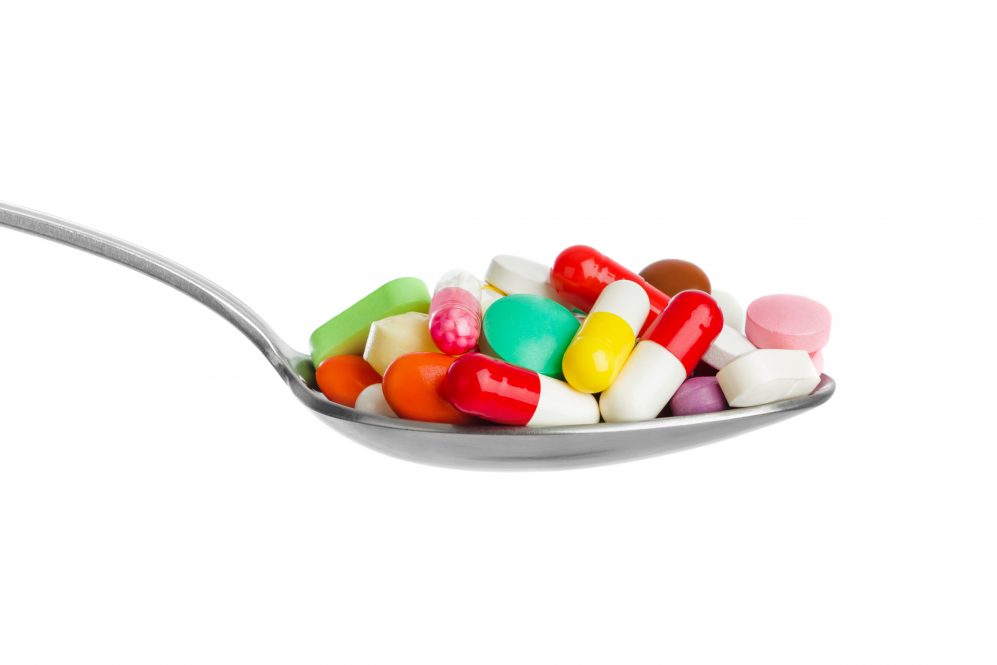Many over-the-counter dietary supplement products – particularly those used for sexual enhancement and weight loss – are tainted with undisclosed pharmaceutical ingredients. That is the key finding of my recently published review in the Journal of Clinical Pharmacology.
My assessment of the Food and Drug Administration’s Health Fraud Product Database turned up 1,068 unique dietary supplement products marketed between 2007 to 2021 that contained active ingredients found in prescription drugs or deemed too dangerous to be used in people. Among the tainted dietary supplements that my study identified, 54% were for sexual dysfunction and 35% were for weight loss. While many such products are removed from the market once detected by the FDA, other tainted dietary supplements can make their way onto the market in their place.
Why It Matters
Dietary supplements are used by 58% of U.S. adults. And according to recent surveys from the Council for Responsible Nutrition, U.S. consumers have a moderate level of confidence in the quality and safety of dietary supplements. However, my study suggests this confidence is misplaced, since numerous dietary supplement products contain unlabeled synthetic active ingredients.
So what are these hidden substances, and why do they matter?
Lurking in many of the tainted weight loss dietary supplements is the active ingredient sibutramine, which the FDA recommended removing from the U.S. market in 2010 after research showed that it increased the risk of heart attacks and strokes. And phenolphthalein, also commonly found in weight loss dietary supplement products in the FDA database, was removed from over-the-counter laxative products in 1999 when the FDA reclassified it as “not generally recognized as safe and effective.” The FDA’s warning came after studies showed that the ingredient can damage people’s DNA and increased the risk of cancer.
My study also identified the presence of ingredients approved only for use in prescription drugs. These include sildenafil and tadalafil, which are used in FDA-approved erectile dysfunction drugs like Viagra and Cialis. Such inadvertent usages can be dangerous, since the active ingredients in these drugs come with risks like loss of vision or priapism, or prolonged penile erection. My study also documented frequent cases in which more than one active ingredient found in erectile dysfunction drugs was combined in ways that were never studied for safety.
Another reason why hidden active ingredients are problematic is they pose the risk of serious drug interactions. When the active ingredients found in erectile dysfunction drugs are used with high blood pressure or prostate medications like nitrates and alpha-1 blockers, life threatening drops in blood pressure can occur.
Similarly, two of the dietary supplements identified in my study contained flibanserin, the active ingredient in the prescription drug Addyi, which is used to treat female sexual dysfunction. Flibanserin is generally safe but can severely reduce blood pressure if used with alcohol.
Pharmacists check for these sorts of drug interactions before dispensing prescription medication. However, if undisclosed ingredients are hidden in dietary supplements, it is impossible to prevent unwanted drug interactions.
What Still Isn’t Known
Dietary supplement manufacturers do not provide the FDA with proof of good manufacturing practices before they sell them in the U.S., and these manufacturers can alter their products with no advance notice. The FDA must prove that a dietary supplement product is unsafe before it can take action, but this is difficult to enforce when there are over 29,000 dietary supplement products being sold in the U.S.
FDA assessments are laborious and expensive because these evaluations also aim to detect other dietary supplement problems such as the presence of heavy metal or bacterial or mold contamination. The agency’s assessment process of these supplements is also deeply underfunded. The FDA alerts consumers about newly detected tainted dietary supplements through its Health Fraud Product Database while attempting to remove these products from the market.
If the product that you are thinking about using is on that list, steer clear of it. However, if your product is not included in the database, it may simply mean that it hasn’t yet been assessed.



